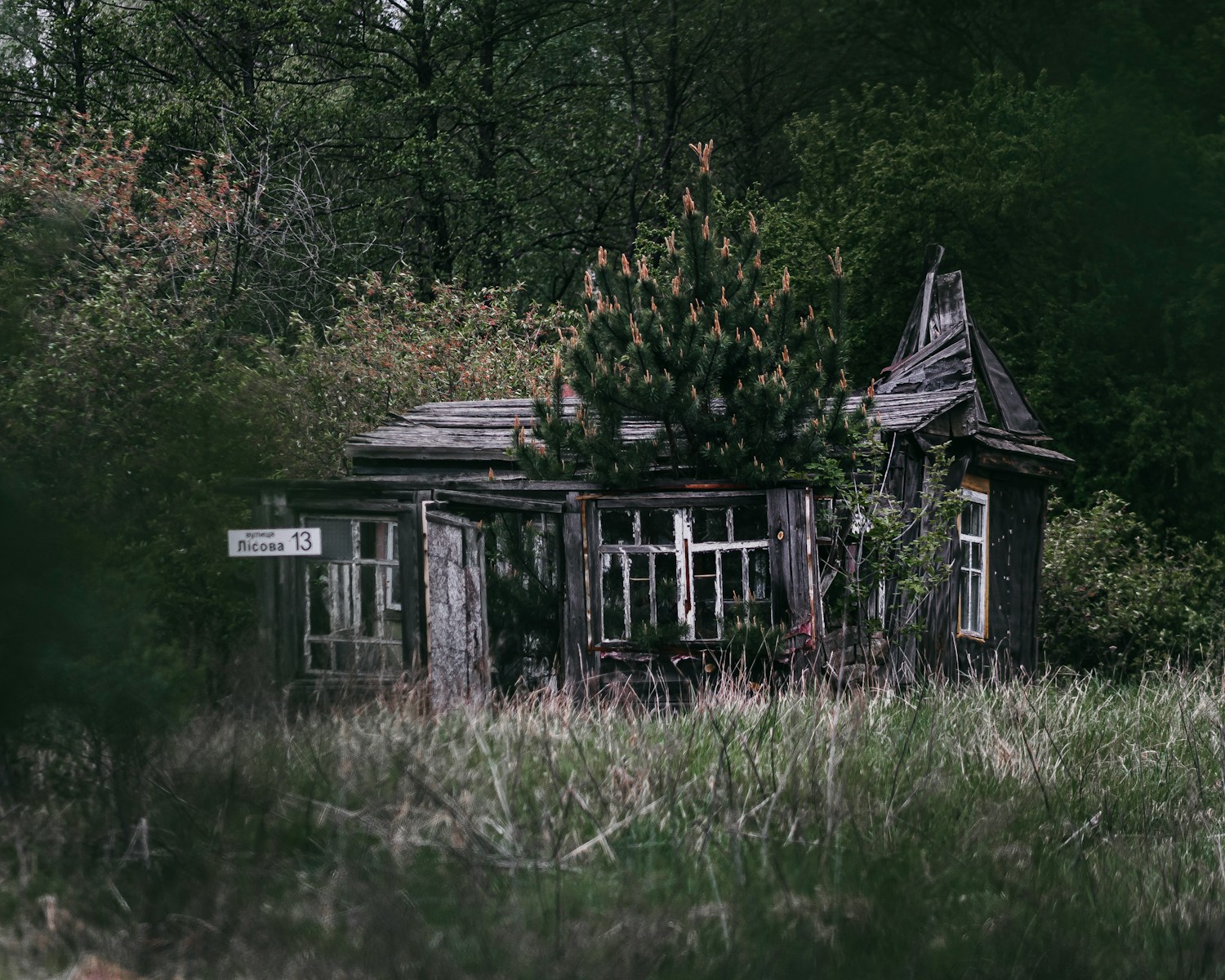A Doorway to Quiet Awe
Step into an empty train station at dawn. No tickets, no loudspeaker, only dust swirling in weak light. Your heartbeat sounds like a drum. You feel small, alert, and alive. In that breath you meet the core of an abandoned place. It is silent yet loud with memories. It is dead yet strangely awake. We wonder, Why does this emptiness speak so clearly to us? The answer hides in many layers—history, art, thrill, fear, and hope—all stacked like peeling paint.
Curiosity Unchained
We humans poke dark corners. We always have. An open gate with a “Keep Out” sign feels like a dare. Inside, clues wait—old ledgers on a desk, a child’s toy half-buried in rubble, calendars frozen on one final date. Each item lights up questions that textbooks never ask. In other words, deserted sites feed our detective minds. They break dull routines, launch daydreams, and let us touch untold stories with our own hands.
The Beauty of Decay
Rot can be lovely. Rust spreads like orange lace on iron beams. Moss paints carpets where carpets once lay. Broken windows frame blue sky better than neat glass ever could. Photographers chase that color mix—soft greens of vines, muted grays of concrete, shocking reds of exposed wires. Instead of polished perfection, we find grace in scars. The scene whispers, All things change, yet all things shine. That message feels honest. We crave honest beauty.
Layers of Story, Frozen Mid-Sentence
A school left in a hurry shows half-erased math on a blackboard. A hospital ward still holds name tags on bed rails. These pieces sit exactly where life paused. They feel like pages torn from a novel you cannot finish. We fill gaps with our own plots: Was there a storm? Did money run dry? Did hope simply move elsewhere? Speculation hooks us. Story sits in each crack, waiting for us to read between the dust lines.
The Thrill of Risk and Rule-Bending
Let’s admit it. Trespass tingles. Hearts pound faster when a floorboard groans or a police siren wails in the distance. Fear flips to adrenaline. We feel bold, even heroic, for walking where we are “not allowed.” Danger is real—weak roofs, sharp metal, toxic air. But most of all, it is the mental edge that excites. You taste freedom in that forbidden air. Every step shouts, I choose my path. Few legal hobbies match that charge.
Nature Reclaims the Blueprint
Plants love a fresh start. Cracks in asphalt birth weeds tall as toddlers. Tree roots pry bricks apart like toy blocks. Birds nest in factory rafters. Foxes nap on office carpets. Watching nature take back space so quickly humbles us. Concrete kings look flimsy when vines march in. The scene reminds us that the planet writes the final chapter, not us. It is a green promise and a stern warning all at once.
Camera Culture and the Rise of Urbex
Smartphones opened every gate to global eyes. One roof-top snapshot can rocket across the web in minutes. Urban explorers—urbex for short—share maps, tips, and bragging rights on social feeds. Hashtags turn ruins into trend. We click like crazy because the visuals feel raw and secret. Yet each viral post speeds up decay. More feet, more trash, more fire tags. Popularity becomes both spotlight and slow poison. We face a choice: admire or destroy.
Nostalgia and the Personal Echo
We mourn places before we meet them. Old malls remind us of teenage wanderings. Empty diners spark smells of late-night coffee with friends. Even if the actual site is across the world, the scene plugs into our own past. Memory needs little to ignite. A torn movie poster on a wall might drag out a forgotten summer. Abandoned space acts like a mirror, but one coated with years of dust. We see ourselves, but changed.
Lessons in Impermanence
Castles fell. Factories fall. Smartphones will gather rust one day too. Ruins say this without words: Nothing stays finished. Instead of fearing that truth, we can accept it, even celebrate it. Empty halls teach resilience. We learn to let go, to adapt, to honor the present because the present melts fast. Appreciation grows when endings stand in full view.
Future Ruins: What Comes Next?
Climate change raises seas around ghost towns on coasts. Robots may soon leave empty warehouses when upgrades hit. Virtual reality malls might replace real ones, turning glass giants into echoes. After more than a century of building nonstop, many nations now shrink. Birth rates dip; factories close; suburbs fade. Future explorers will find solar farms in sand or offshore rigs as coral reefs. The cycle keeps spinning. We can shape it, or it will shape us.
Responsible Wonder
Curiosity never excuses harm. We must tread with care—mask for mold, partner for safety, respect for property, respect for walls that still belong to someone. Take photos, not bricks. Leave doors as you found them. Report historic gems so they can be saved. Share coordinates wisely to shield fragile spots. Wonder grows best when paired with wisdom.
